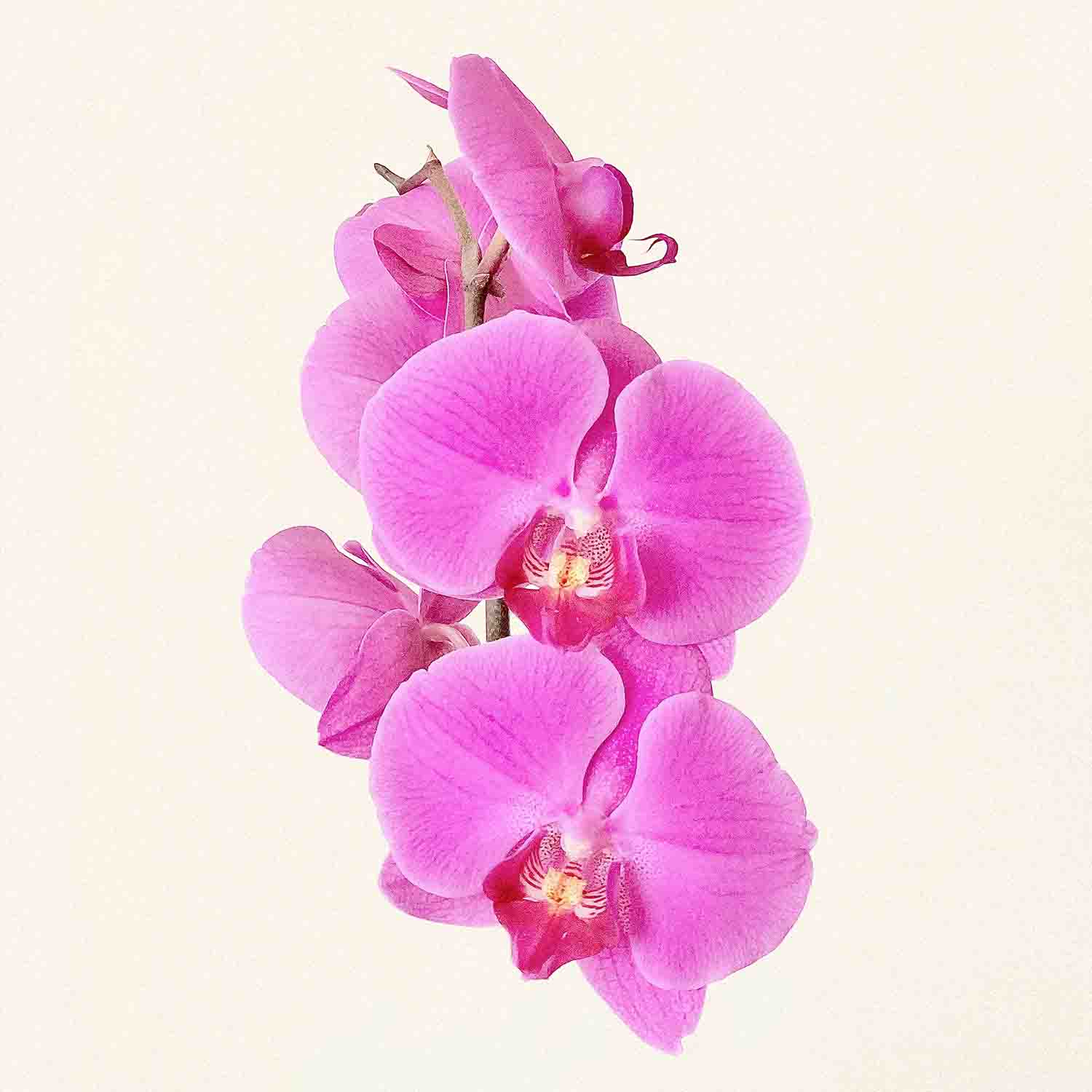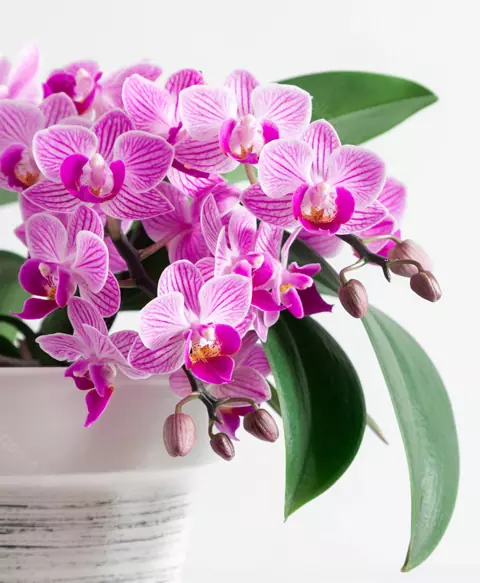
Basic Orchid Fertilization
Orchids are generally epiphytic (grows on trees) or lithophytic (grows on boulders and rocks) in their natural habitat. Hence, orchids are very forgiving plants. They can easily adapt to new conditions. A major advantage of this nature is that the plant will not perish as easily as other plants do instead they may enter a stage of dormancy if conditions are not favourable. Fertilization at regular intervals is necessary for the plant to grow well and bloom in full potential. Orchids generally respond to its surroundings very slowly due to its minimalistic nature. That is, the impact of the change in its surrounding or fertilization habits will only be visible in a period of 1-1 and a half months. Regular feeding is essential for vibrant foliage and blooms in orchids. When orchids are healthy, they will produce big, beautiful and bountiful blooms. Orchids should be fertilized at least once in a month. However, following are the 2 sustainable practices normally used by experienced gardeners:
- Weakly Weekly Practice
- Daily Fertilization
“WEAKLY WEEKLY”
It is the most popular and sustainable practice. It means feed the plants with less fertilizer once a week. When applying weekly, dilute the solution four times as much as the package recommends. Water the plants before fertilizing.
Seedlings:
For seedlings, high nitrogen content is required to enhance vegetative growth. We can either use balanced fertilizers or high nitrogen water soluble fertilizers for this purpose.
- 20-20-20(NPK)-1gm/litre
- 19-19-19(NPK)-1gm/litre
- 30-10-10(NPK)-1gm/litre

Blooming Size Plants:
For blooming size plants, weekly applications of balanced fertilizers are recommended. However, we can occasionally use high potassium fertilizers to enhance the blooming frequency. The prolonged uses of high potassium fertilizers are not advisable as it will slow down the vegetative growth and overall health of the plant. A common practice is to apply high potassium fertilizers for 3 consecutive weeks and switch back to balanced fertilizers for some time.
- 19-19-19(NPK)-1gm/litre
- 20-20-20(NPK)-1gm/litre
To enhance blooming:
- 0-52-34 (NPK)-1gm/litre
- 13-27-27(NPK)-1gm/litre
DAILY FERTILIZATION PRACTICE
Another commonly used method is applying a pinch of fertilizer per litre every time you water the plants. Balanced fertilizers are used normally for this purpose.
Apart from macronutrients (NPK), all plants need traces of micronutrients for their healthy metabolism. In nature they absorb micronutrients from tree debris. When we grow orchids, it is advisable to give chelated micronutrient fertilizer (1gm/litre) once a month. However, there should be a minimum 3 day gap between consecutive applications of fertilizer.
Organic fertilizers can also be used for orchid cultivation but they should be diluted minimum 8-10 times and properly sieved before using. It is recommended to avoid organic fertilizers during rainy season as it will enhance the growth of micro-organisms under high humid conditions. Organic fertilizers are normally high in nitrogen content. Over usage of organic fertilizers will end up in high vegetative growth and low blooming.
In a nutshell, feeding more often at a more dilute rate is the key to find your Green Thump.

